Verizon and the NFL this morning announced that the carrier will no longer be the exclusive home for mobile streaming of NFL games in the United States, with anyone able to stream the games to their smartphone "regardless of mobile network" beginning next year.
The announcement comes within a new five-year deal struck between the two companies, which will see Verizon pay around $2 billion over a five-year period (via Recode).

The new deal begins January 2018 and will allow users on any U.S. wireless carrier to watch NFL games on their mobile device using the apps for Yahoo Sports, go90, and the NFL, with the company putting emphasis on Yahoo Sports as a premium destination for sports coverage.
This will start with the NFL playoffs next month, and then include national pre-season, regular season, playoff games, and the Super Bowl. Most of this coverage is described as "in-market" by Verizon, meaning that it will vary by your location and depend upon your local news channels' coverage of such events.
We’re making a commitment to fans for Verizon’s family of media properties to become the mobile destination for live sports,” said Lowell McAdam, Chairman and CEO of Verizon Communications. “The NFL is a great partner for us and we are excited to take its premier content across a massive mobile scale so viewers can enjoy live football and other original NFL content where and how they want it. We believe that partnerships like this are a win for fans, but also for partners and advertisers looking for a mobile-first experience.”
Verizon's previous deal with the NFL was priced at $1 billion over the course of four years and runs through the current season, so the two companies are doubling down on their partnership with the new, expanded agreement.
Verizon says that it will remain an official sponsor of the NFL, providing "unique experiences" at events like the Super Bowl for customers enrolled in its Verizon Up rewards program. The partnership will also see Verizon continue efforts to improve stadium technology at NFL games to "improve operations" and enhance experience for customers.



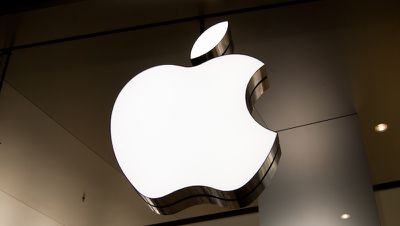
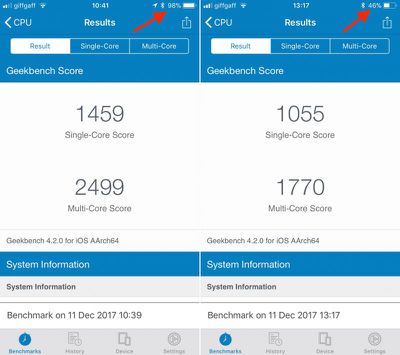
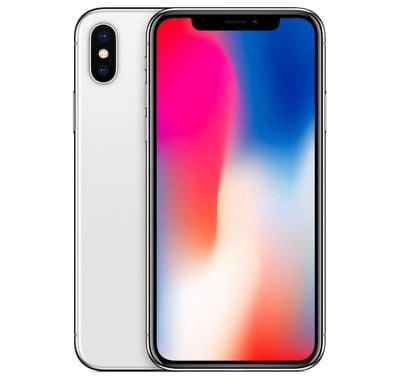
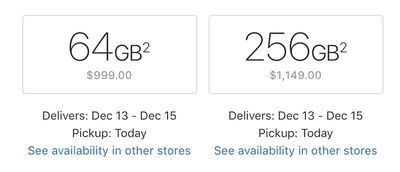
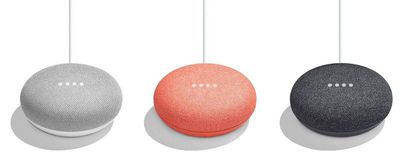


 Apple Chief Design Officer Jony Ive is once again taking over management of the design team at Apple according to changes made to Apple's official "
Apple Chief Design Officer Jony Ive is once again taking over management of the design team at Apple according to changes made to Apple's official "

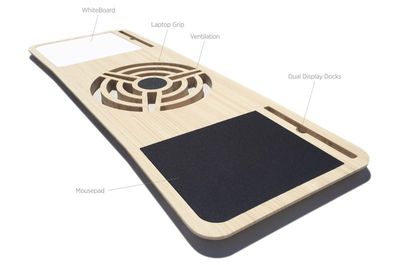
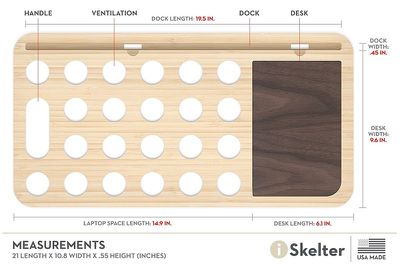

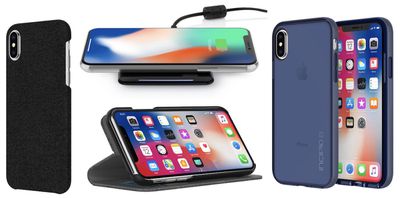 Note: MacRumors is an affiliate partner with these vendors. When you click a link and make a purchase, we may receive a small payment, which helps us keep the site running.
Note: MacRumors is an affiliate partner with these vendors. When you click a link and make a purchase, we may receive a small payment, which helps us keep the site running.

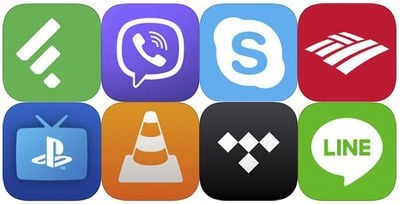
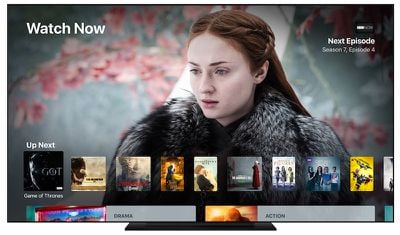
 BBC's iPlayer app received an update this morning that is fueling speculation online that Apple's TV app will hit U.K. shores imminently.
BBC's iPlayer app received an update this morning that is fueling speculation online that Apple's TV app will hit U.K. shores imminently.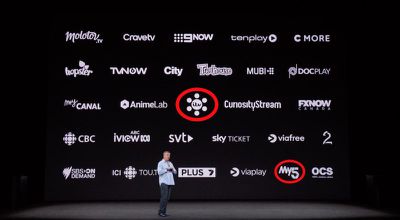
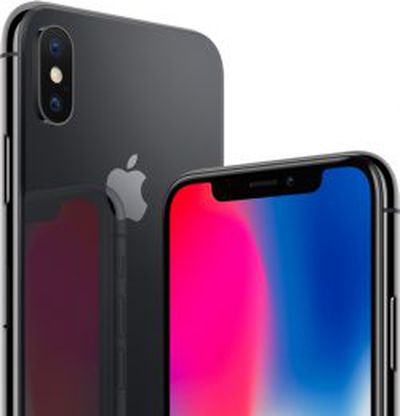 The surge in component orders for the iPhone X over the last couple of months appears to be coming to an end, based on information coming out of the upstream supply chain. Component shipments for the iPhone X weakened in November, according to sources on Friday, following strong demand in September and October.
The surge in component orders for the iPhone X over the last couple of months appears to be coming to an end, based on information coming out of the upstream supply chain. Component shipments for the iPhone X weakened in November, according to sources on Friday, following strong demand in September and October.











